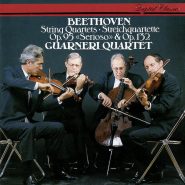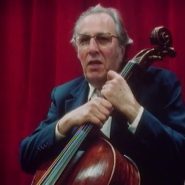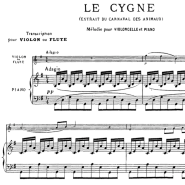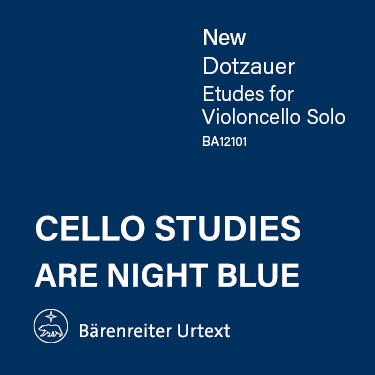
Author: Arnold Steinhardt
Arnold Steinhardt was born in Los Angeles, receiving his early training from Karl Moldrem, Peter Meremblum and Toscha Seidel, and making his solo debut with the Los Angeles Philharmonic Orchestra at age fourteen. He continued his studies with Ivan Galamian at the Curtis Institute of Music and with Joseph Szigeti in Switzerland in 1962 under the sponsorship of George Szell.
Winner of the Philadelphia Youth Competition in 1957, the 1958 Leventritt Award, and Bronze Medallist in the Queen Elizabeth International Violin Competition in 1963, Mr. Steinhardt has appeared throughout North America and Europe as a recitalist and soloist with orchestras including the New York Philharmonic, Detroit Symphony, and the Cleveland Orchestra, among others.
Mr. Steinhardt is first violinist and a founding member (1964) of the internationally acclaimed Guarneri String Quartet with which he has made innumerable tours across the globe and recorded dozens of albums for RCA Victor, Philips, Arabesque and Surrounded By Entertainment. The quartet retired in 2009. He is professor of violin and chamber music at Colburn Music School, the University of Maryland, Bard College, and the Curtis Institute of Music.
Arnold Steinhardt has written two books: Indivisible by Four: A String Quartet in Pursuit of Harmony (Farrar, Straus and Giroux, 1998); and Violin Dreams (Houghton Mifflin, 2006). He is the author of articles which have appeared in Chamber Music America, Musical America and Keynote. Recipient of Honorary Doctorates from the University of South Florida and Harpur College, Arnold Steinhardt has also received an award for distinguished cultural service from the City of New York presented by Mayor Koch. He was inducted into the American Academy of Arts and Sciences in 2010.
Mr. Steinhardt's recordings include Franz Schubert's complete works for violin and piano with Seymour Lipkin on Newport Classic, American Journey on Naxos Records with his brother Victor Steinhard featuring a variety of seldom heard American music and three new works written for him, two CD’s on Sheffield Lab with pianist Lincoln Mayorga: Strauss and Dvorak and Romantic Music for Violin and Piano which he recorded "direct-to-disc"; and a TownHall recording of unaccompanied Bach works.
Arnold Steinhardt plays a Lorenzo Storioni violin from Cremona, Italy, late 18th century.
By Arnold Steinhardt March 4, 2014
Subjects Artists
Tags Arnold, beauty of phrasing, career, cello, cellobello, David Soyer, Guarneri String Quartet, In the Key of Strawberry, incisiveness, intelligence, Italy, Jacqueline du Pré, Marlboro Music Festival, memories, memory-inducing objects, musical world, obituary, Peter Wiley, posters, remembrance, Spoleto, Steinhardt, string quartet, students, teacher
By Arnold Steinhardt February 24, 2014
Subjects Artists
Tags Arnold, Arnold Steinhardt, artist, bold, bow control, Brahms B Major piano trio, cellist, cello, cellobello, David, David Soyer, distinctive, Ford Honors, Ford Motor Company, Guarneri String Quartet, historian, impeccable intonation, John Dalley, Marlboro Music School, Michael Tree, music, musicians, Soyer, Steinhardt, Style, Touring, Travel, tribute, University of Michigan, writer
By Arnold Steinhardt September 10, 2013
Subjects Artists, Repertoire
Tags accompany, arpeggios, artistry, assistant concertmaster, beauty, Beethoven, Boston, Boston Symphony Orchestra, bow, bow control, Camille Saint-Saëns, Carnival of the Animals, cello, cellobello, changes, child, CIM, Cleveland Institute of Music, Cleveland Orchestra, connections, creativity, depth, difference, discussion, double major, essence, exceptions, extended melodies, fiddlers, Hess, ideas, improvement, intimate, intonation, Jules Eskin, Mary, melody, music, musical essence, musicality, musicianship, permier music school, phrase, phrasing, phrasing alterations, piano, re-evaluate, respect, rocking, scientists, sections of music, singing, string quartets, swaying, The Swan, tone production, vibrato, violin master-class, work



